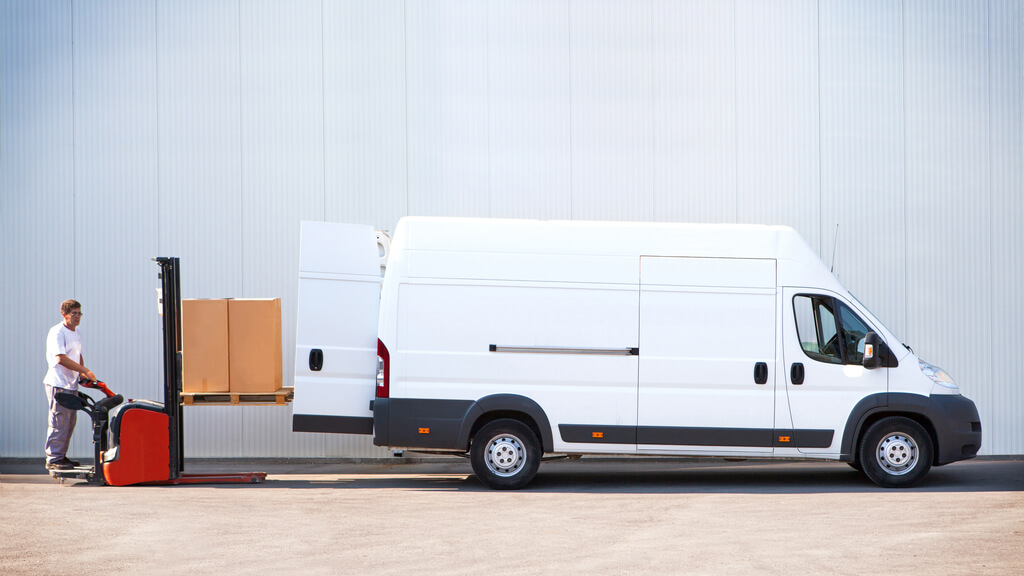Packaging Filler Testing: Ensuring Your Product Survives The Journey

Ever had a package arrive looking like it had been thrown down a staircase? You’re not alone, and chances are, the filler inside that box wasn’t doing its job properly.
Packaging fillers aren’t just there to “fill the gap.” They’re your product’s last line of defence. And if you’re shipping anything fragile, valuable, or even just oddly shaped, getting your filler right is just as important as the outer box.
What’s the Point of Filler Anyway?
Before you even think about testing, you need to know what you’re asking your filler to do.
It has three main jobs:
- Protect – Absorb shocks, prevent movement, and cushion fragile items
- Stabilise – Stop the item from shifting around during transport
- Fill space – Reduce voids that increase the chance of impact damage
Whether you’re using paper, foam, air pillows, or something more sustainable, all of these materials need to be tested under real-world conditions. Because if your filler fails? So does your product. This is why your choice of packaging filler matters much more than you may initially think!
What Filler Testing Actually Looks Like
You don’t need a lab or fancy equipment to do proper packaging filler testing. But you do need a clear plan. Here’s how to structure it.
1. Simulate Real Handling
Don’t be gentle. Seriously. Drop it. Shake it. Stack it. Test how your package performs under conditions similar to what it’ll face during transport. This includes:
- Drop tests from different heights and angles
- Vibration tests to mimic road transport
- Compression tests for stacking in storage or transit
You want to see how the filler responds. Does it compress too much? Shift around? Leave parts of the product exposed? If the filler fails here, it’s back to the drawing board.
2. Measure Movement Inside the Box
After each test, open the package and check the contents. Even small shifts can lead to damage, especially with repeated impacts.
Use markers or tape before testing to track how far an item has moved. That way, you’re not guessing. If it’s shifting more than a few millimetres, your filler isn’t locking it in place well enough.
3. Test Different Fill Levels
Overfilling can put pressure on the box and cause it to burst. Underfilling leads to too much movement. Try different amounts of filler and track which gives the best protection without wasting material or space.
This is where a bit of trial and error comes in handy. Use the same product and box size, and test different fill quantities until you find the sweet spot.
4. Check Long-Term Stability
Some fillers settle over time, especially during long hauls or storage. What works for a short delivery might fall apart during international shipping.
Simulate longer journeys by adding time-based tests:
- Store the packed item for a few days
- Retest movement and cushioning after 24, 48, or 72 hours
- Combine with heat or humidity exposure if relevant
You’re not just testing for impact—you’re testing for endurance.
5. Observe How It Rebounds
Cushioning material should absorb impact, but it also needs to return to form. If your filler flattens and stays that way after a single drop or shake, it won’t protect the product during the rest of its journey. A good filler should bounce back after compression, especially for multi-leg shipping routes.
Common Mistakes That Ruin Filler Testing
Even businesses that test their packaging filler sometimes get it wrong. Here’s where things often fall apart:
- Testing empty boxes – You need the actual product inside to test properly
- Using perfect lab conditions – Real shipping isn’t perfect; your test shouldn’t be either
- Skipping repeat tests – One trial isn’t enough; run the same test multiple times for consistency
- Ignoring environmental conditions – Heat, moisture, and pressure affect different fillers in different ways
- Assuming one size fits all – Just because it worked for one product doesn’t mean it’ll work for another
Mistakes like these mean wasted time, money, and damaged goods. Better to catch them now.
What Should You Be Looking For?
After every test, ask yourself:
Is the product damaged?
Did it move more than it should have?
Has the filler held its shape and position?
Has the box maintained structural integrity?
Would you be happy receiving this yourself?
If the answer to any of these is “no,” then the filler needs work—whether that’s a different material, amount, or packing method.
Don’t Forget the Human Side
All the testing in the world won’t help if people aren’t packing things correctly. Make sure whoever is handling the packaging understands how the filler works and why it matters. Simple instructions go a long way. Even the best filler can’t save a poorly packed box.
When Should You Retest?
Filler testing isn’t a one-and-done job.
You’ll want to re-evaluate if:
- You change the filler material
- The product size, shape or weight changes
- You switch box sizes
- You start shipping to new regions or via new carriers
- You get complaints or returns due to damage
In short, if anything changes, your filler strategy needs a second look.
Last Thing Before You Ship
If your product is fragile, valuable, or sensitive in any way, your packaging filler is part of your brand experience.
A damaged item doesn’t just mean replacing the product; it chips away at customer trust. And in some industries, it can mean serious safety or legal issues.
Take the time to get your filler right. Run the tests. Push the limits. Don’t settle for “should be fine.” If it’s not built to handle the journey, it won’t.
Worth the Effort Every Time
Testing your packaging filler might feel like a hassle, but it’s far less painful than dealing with complaints, returns, or broken inventory.
It’s the difference between hoping your product survives and knowing it will.




